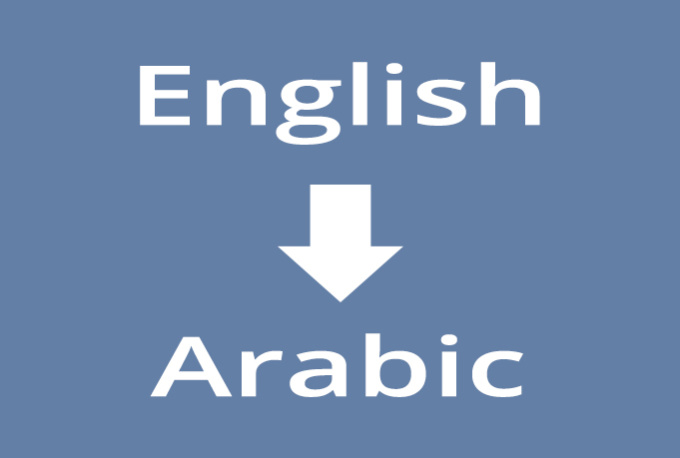

But a new technology called Zero-Shot Machine Translation has made it easier. “Up until a couple of years ago, it simply was not technologically possible to add languages like these, which are what we call a low resource - meaning that there are not very many text resources out there for them,” he explained.

Google’s ability to add new languages has improved thanks to technological advances taking place over the past few years, Caswell said. It also wanted to address indigenous languages, which are often overlooked by technology. The company said it selected this newest batch of languages to support by looking for languages with very large but underserved populations - which were frequently in the African continent and Indian subcontinent. He added that in addition to the indigenous languages of the Americas, Google Translate will support a dialect of English for the first time with Krio from Sierra Leone. “This ranges from smaller languages, like Mizo spoken by people in the northeast of India - by about 800,000 people - up to very large world languages like Lingala spoken by around 45 million people across Central Africa,” said Isaac Caswell, a Google Translate Research Scientist. In total, the 24 new languages are spoken by more than 300 million people worldwide, Google said. The company said it’s adding 24 new languages - including its first indigenous languages of the Americas with the additions of Quechua, Guarani and Aymara. In addition to improving Google Assistant’s ability to communicate with users in a more natural way, Google today announced improvements to its Google Translate service.


 0 kommentar(er)
0 kommentar(er)
